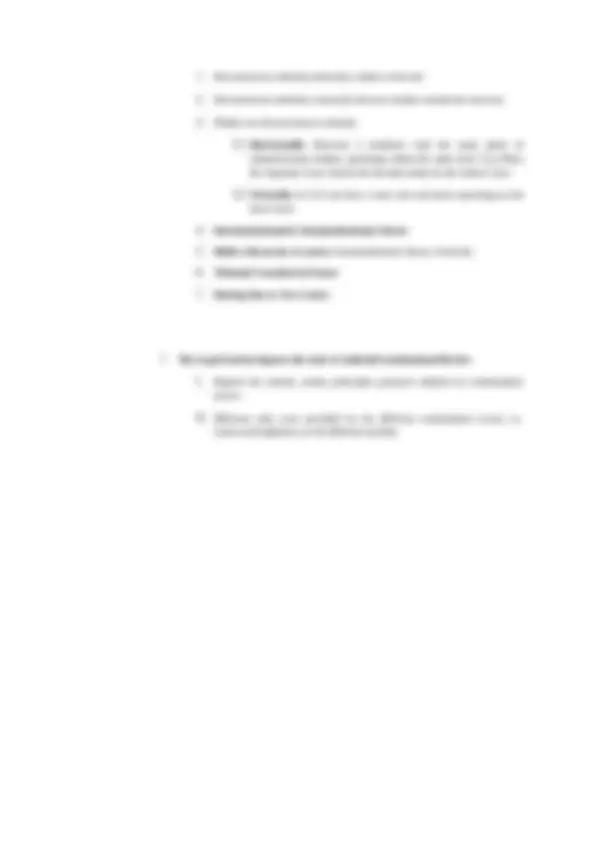



Study with the several resources on Docsity

Earn points by helping other students or get them with a premium plan


Prepare for your exams
Study with the several resources on Docsity

Earn points to download
Earn points by helping other students or get them with a premium plan
Community
Ask the community for help and clear up your study doubts
Discover the best universities in your country according to Docsity users
Free resources
Download our free guides on studying techniques, anxiety management strategies, and thesis advice from Docsity tutors
The challenges to the separation of powers (sop) in governance, including actors at different levels, multi-functionality, the rise of administrative governance, and constitutional decision-making. It discusses the importance of understanding the autonomy and interdependence of public actors, and the implications of deconcentrating public power.
What you will learn
Typology: Study notes
1 / 3

This page cannot be seen from the preview
Don't miss anything!


Can you think of challenges to the Separation of Powers (SOP)?
exercising different authority
applicable model to reality.
overlapping competences
decision-making process
exercising its constitutional tasks/competences?
disturbance of other actors
or whose interests are they perceived to be representing.
actors with different interests and expectations
their own institutional perspective on how best to govern
exercising its constitutional tasks?
design, incorporating its own specific and context-related balance between the different organs of the state.
government.
system, it can still be abused. Regardless of the constitutional system/model, the abuse of power is possible.